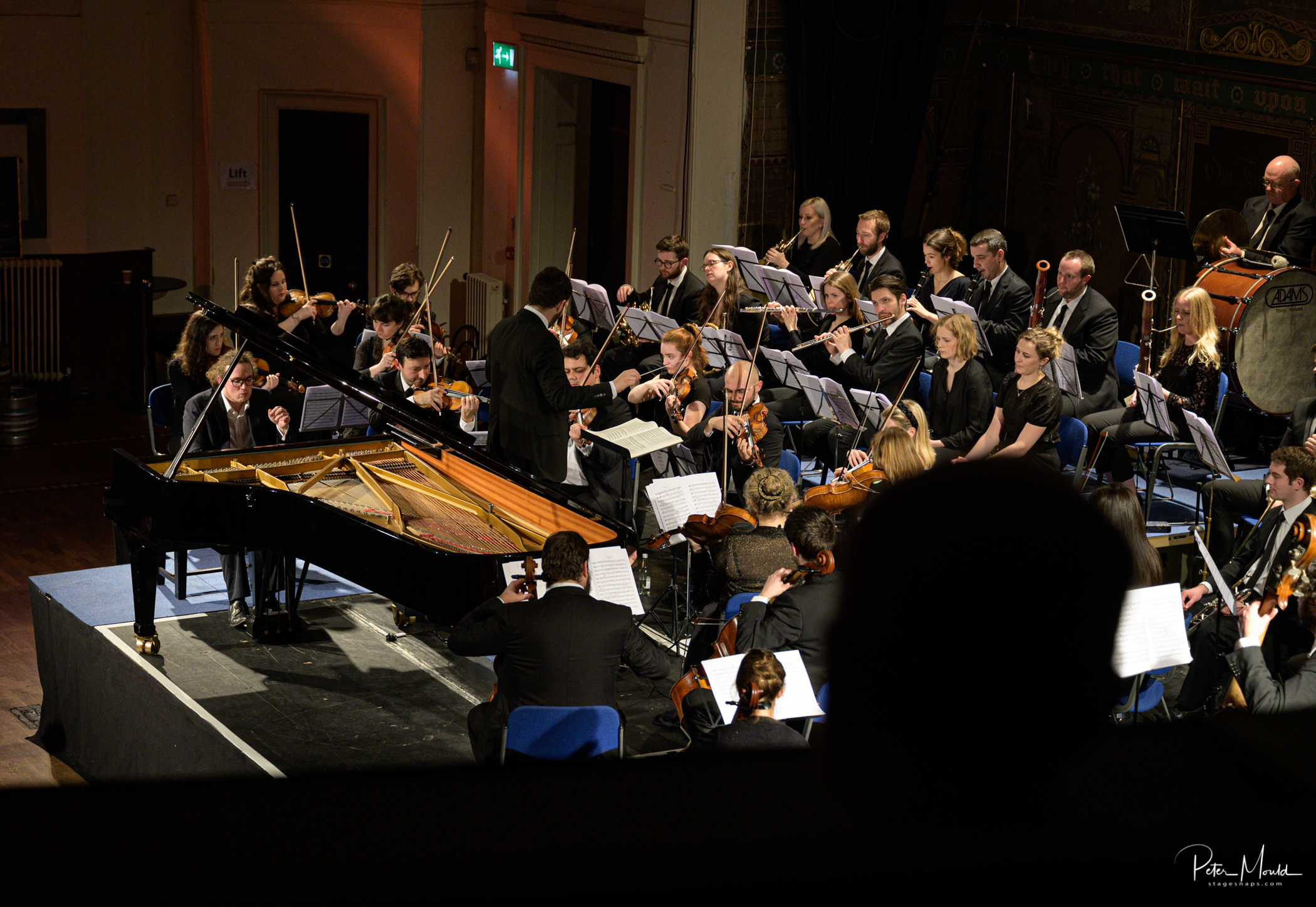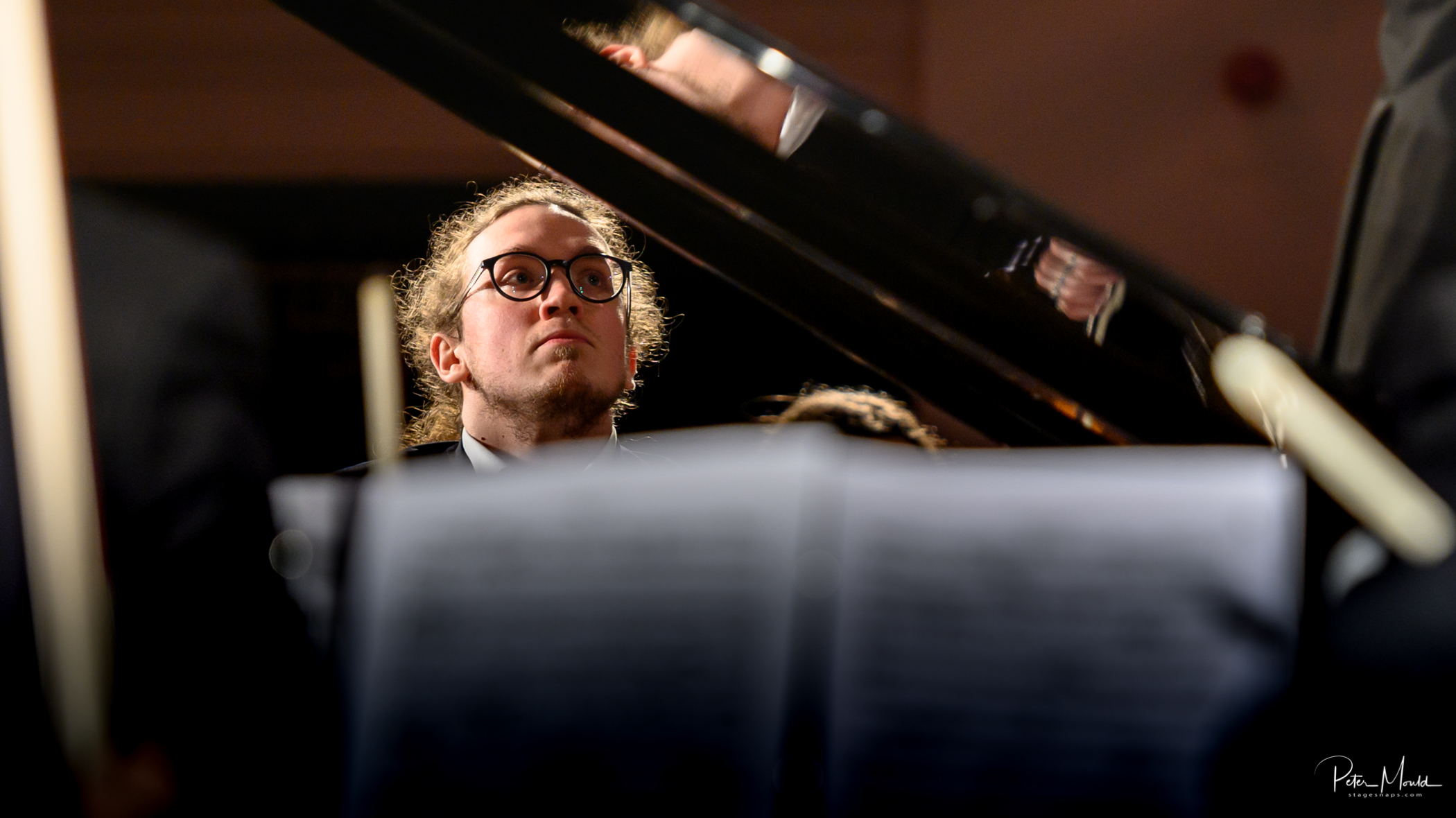St Mary in the Castle, Friday 10 January 2020
After the excitements of Christmas the second half of Hastings Philharmonic’s Season got off to a richly romantic start before an exceptionally large and enthusiastic audience at St Mary in the Castle.
The evening opened in the depths of the Wolf’s Glen with the dark tones and opulent horn calls of Weber’s Overture to Der Freischutz. This set a tone for the whole performance with its almost brash and extrovert sense of engagement coupled with exemplary playing.
The orchestra was crowded very tightly onto the platform, making it difficult for Marcio da Silva to approach the rostrum, but this seemed to help the sense of ensemble and balance. This was particularly evident in the main work of the first half – Rachmaninov’s Second Piano Concerto. Roman Kosyakov made a welcome return as soloist, following his success in the 2018 HIPCC. He seemed both more engaged and fluent in his approach, willing to take the tiny risks which add to the frisson of his playing as well as captivating us with the wide range of tone he was able to produce. The opening Moderato had plenty of power and passion, with many sections hard driven but never at the expense of the overall musical development and balance. The central Adagio sostenuto was gently convincing without ever lapsing into sentimentality. If for very many of us the concerto has indelible links with the bitter-sweet Brief Encounter this is not necessarily a problem as the sensitive use of the score in the film brought the work to the attention of millions who would otherwise never have encountered it. The final Allegro scherzando was attacked with a flourish and many outbursts of florid fireworks. Magnificent. A whimsical encore followed – just the sorbet we needed. Let us hope he returns soon.
The second half brought us Dvorak’s New World Symphony. Though the piano had been moved there was still a sense of crush on the platform but this added to the excitement with a vibrancy of attack and colour throughout. Though Dvorak is picking up themes from his time in America it is fascinating how often his homeland creeps through – none more so than in the delightful central section of the third movement when we are right back in Bohemia.
Marcio da Silva’s control of his forces never flags and the immediacy of the results is always engaging and utterly convincing. Thankfully, there are still a lot of evenings to look forward to between now and the summer.


